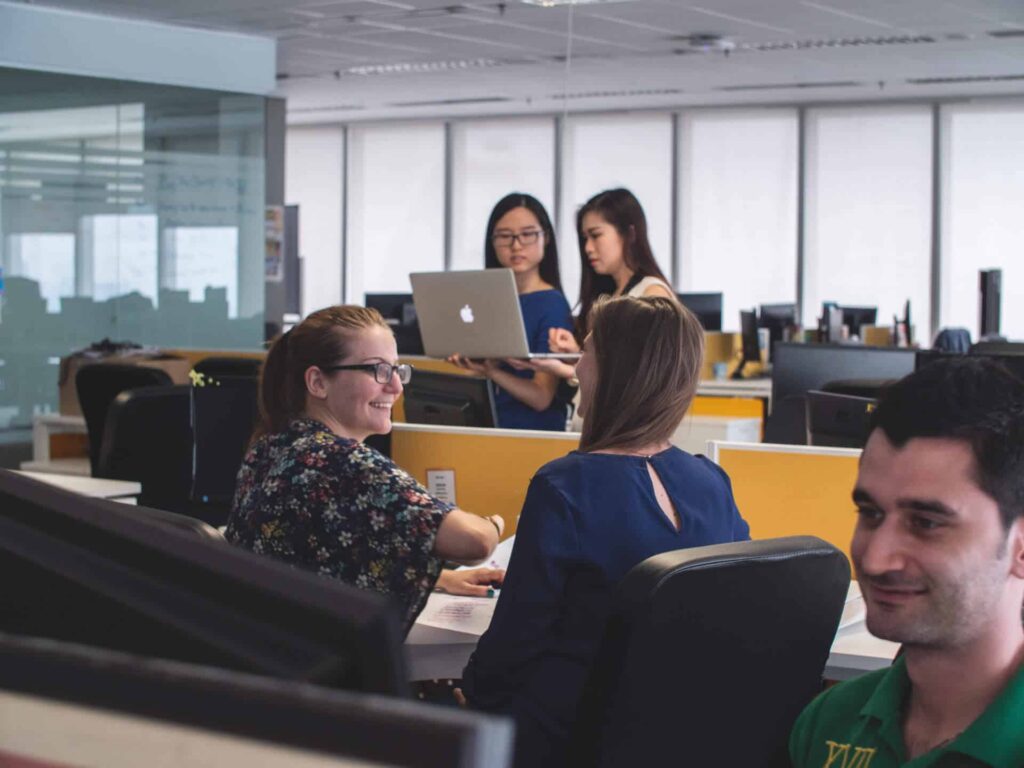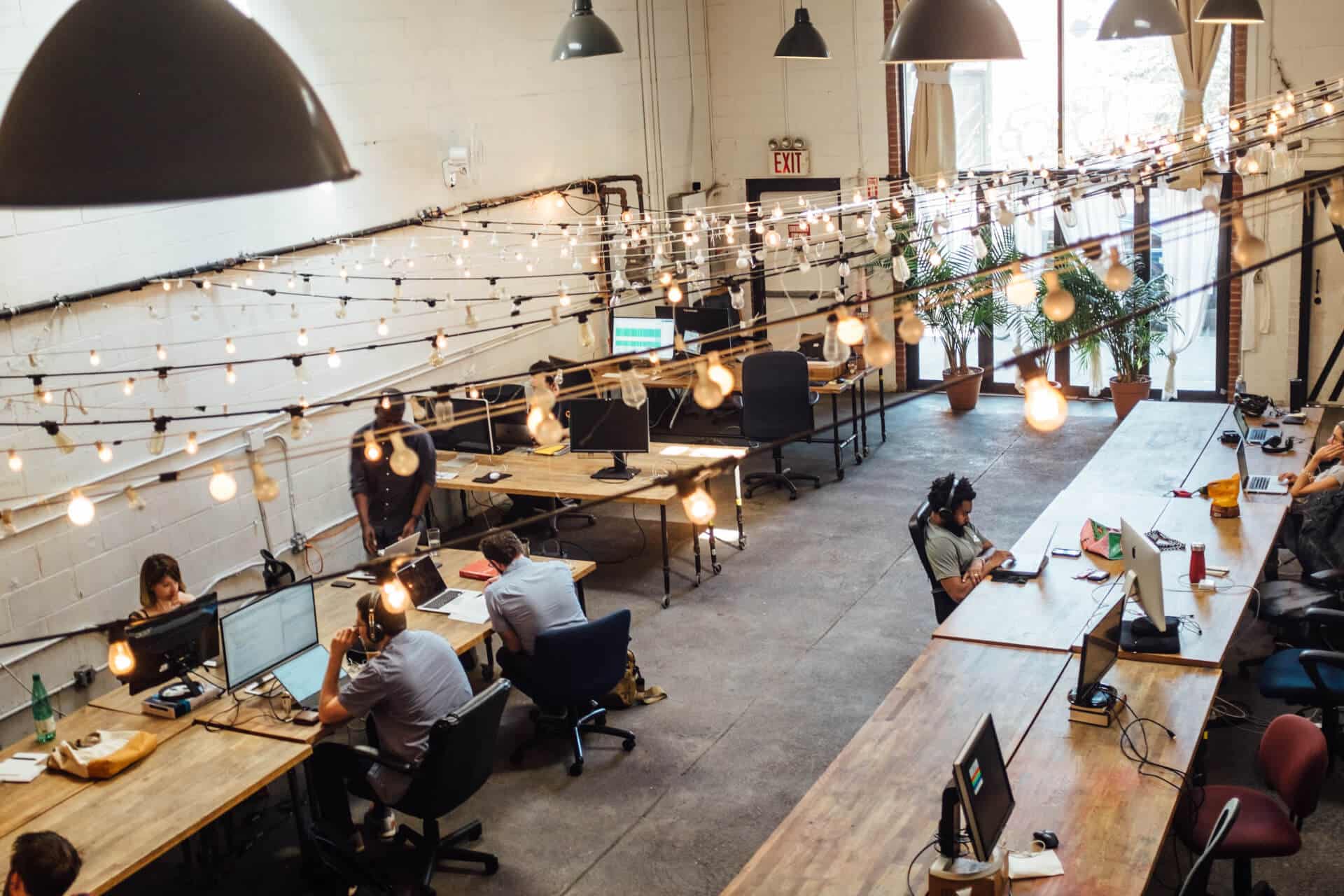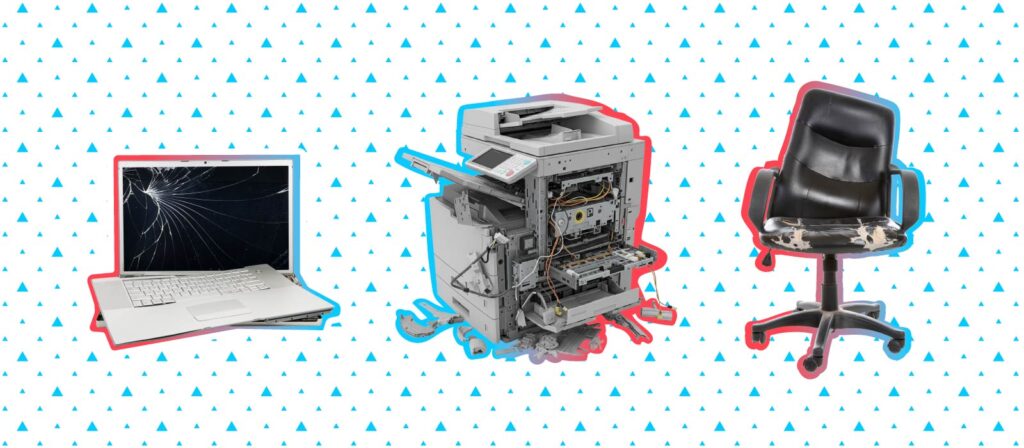What is a hybrid workplace? Like the name suggests, a hybrid workplace is a blend of remote and in-office working. This ultimately removes restraints and borders for what a workplace should look like.
Hybrid offices often employ a staggered schedule, where all employees rotate between in-office and remote work. A hybrid workplace; however, can also be a mix of strictly remote and strictly in-office workers. This encompasses many different work styles and seating types. Effective workplace software can support a desk booking, free address, and assigned seating within the office, and still have remote employees. The hybrid workplace provides endless possibilities due to its flexibility.
Maintaining team cohesion can be more challenging in a hybrid work model. This makes it critical for facility managers (FMs) and team leaders to have the management tools they need to keep everyone on the same page.
It turns out many employees welcome this new way of working with open arms. According to Microsoft, over 70% of employees want flexible work to stay. Over 65% are looking forward to more in-person time during the working day. What’s more, some people are feeling more siloed with remote-only work.
What are the benefits of hybrid working?
Regardless of how it’s structured, the hybrid model offers many benefits for companies, including:
- Increased productivity
- Enhanced connectivity
- Improved health and safety precautions
- Happier employees
But what makes a workplace truly hybrid is the technology and tools that power it, which should fit a company’s unique needs.
Implementing a hybrid workplace is becoming the new normal in post-COVID workplaces around the world. Using technology to create hybrid workplaces to fit company requirements sets businesses up for long-term success after COVID-19. This will create a more beneficial workplace for everyone, providing a functional environment to be productive.
Therefore, it’s safe to say that a hybrid way of working will likely become the norm for many companies. This is especially true if it means improving productivity, employee satisfaction, and fewer overhead costs for businesses.
A hybrid workplace reflects the state of the world and works with the ebbs and flows of what’s happening. Accommodating specific precautions without compromising on productivity is the path to establishing a thriving work environment.

What are some hybrid work model examples?
Open office layouts were built with the intention that employees are present in the office for the majority of their time. They include collaborative spaces but also areas for solo work and more. This type of workspace was made to be a place where employees would actually want to spend their time.
In contrast, hybrid workplaces are designed with flexibility top of mind. They are built with the intent of employees rotating, and they give companies more freedom and mobility. This type of workplace model considers that not all employees may feel the same about working in an office or at the same location every day.
A hybrid workplace might include a reduced number of desks and shared spaces. This is because only a certain percentage of employees may working in the office at a time due to shift work. Or, a company might give employees the option to pick the days they want to work in the office and from home.

Planning for hybrid work after COVID-19
So, how can facility managers plan for a hybrid workplace? The bottom line is that hybrid offices are built on a foundation of flexibility.
Space management software helps facility managers plan and optimize their workspaces to accommodate this hybrid work style. Integrated workplace management systems (IWMS) help facility professionals create the best, most inclusive work environment for their team.
Employees can reserve sanitized rooms or desks before entering the office with room and desk booking software. This not only brings peace of mind for employees that they have a clean workspace to use, but that they have control over where and when they arrive at the office.
Another method facility managers can use to ensure they’re making the most of their space is with block and stack planning tools. Facility managers can leverage block and stack planning techniques to optimize their space one department (or even seat) at a time.
Companies of varying industries can see what’s possible to achieve with a flexible workplace. A hybrid workforce is the next step of our new normal in the future of how companies operate.
Learn more about the hybrid workplace.
Photos: Shridhar Gupta, Crew, Mimi Thian




